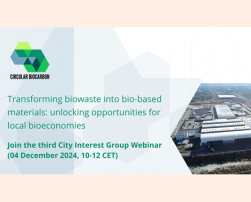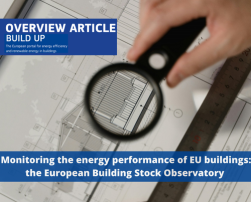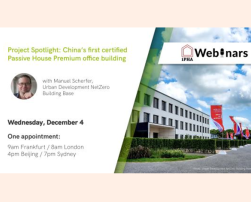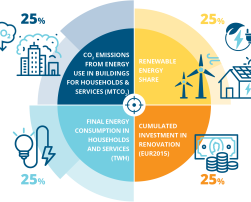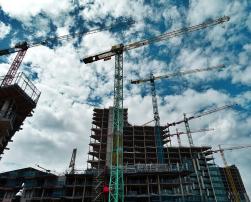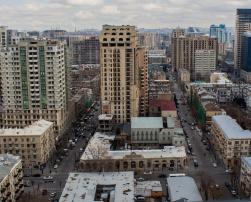
Azerbaijan has partnered with the International Finance Corporation to create a green building roadmap, focusing on sustainable urban development, energy efficiency, and eco-friendly materials, in alignment with global efforts to reduce emissions and promote climate resilience.

